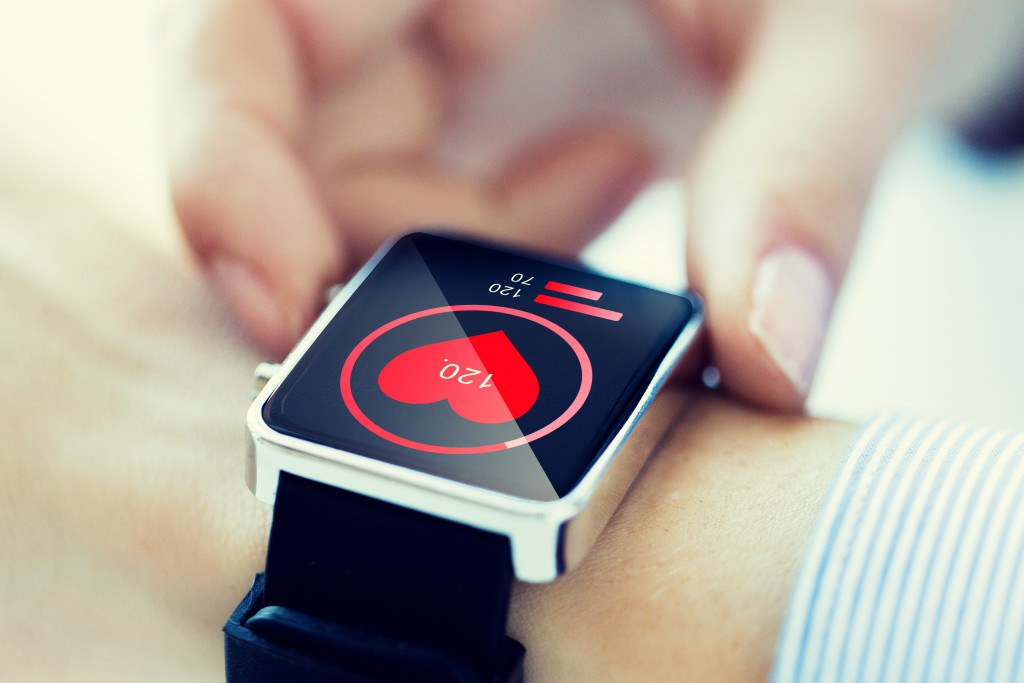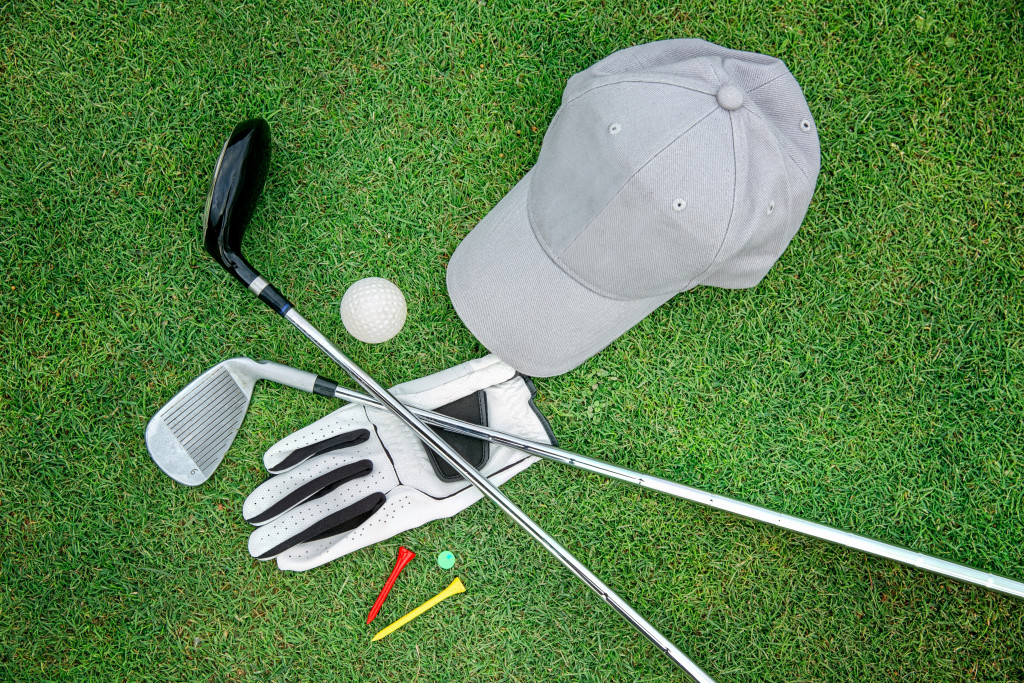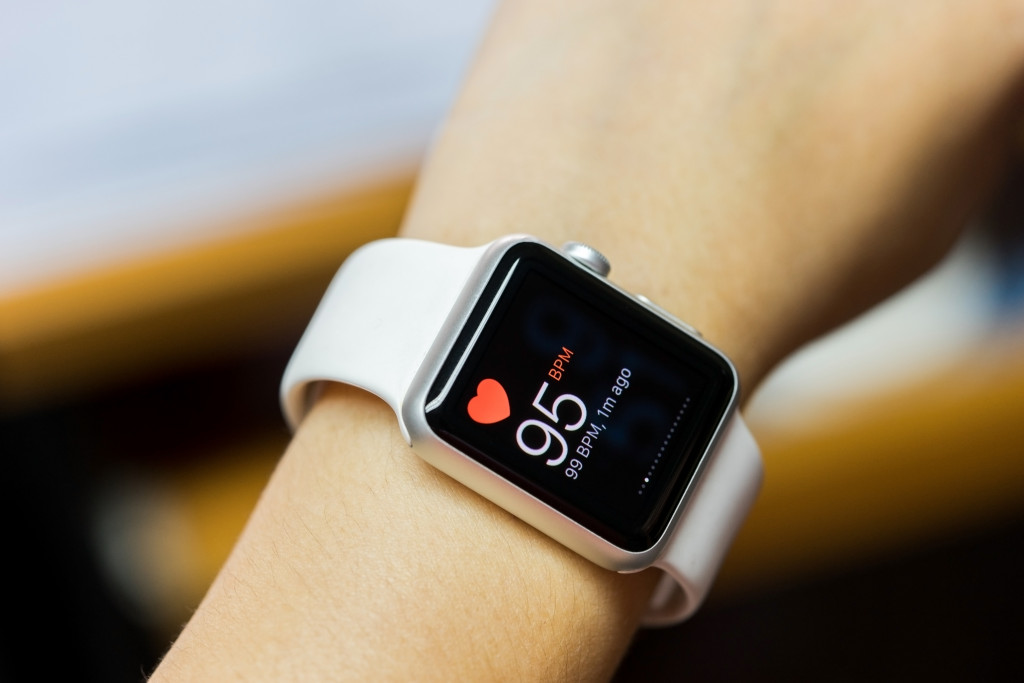- Technology has revolutionized athletic training and performance in many ways.
- Smart equipment is becoming popular for training purposes.
- Heart rate monitors measure the number of times a person’s heart beats per minute.
- GPS trackers monitor data such as distance, speed, and location.
- Virtual reality simulations provide an immersive training experience.
Technology has revolutionized the way we live, work, and play. In the world of athletics, technology has had a profound impact on how athletes train and perform. Technological advancements have made it easier for athletes to reach their peak performance, from tracking vitals to utilizing virtual reality for training simulations. Let’s explore how technology is affecting athletic training and performance.
Data-Driven Coaching
Data analysis is one of the most important aspects of modern sports performance management. With these tools, teams can quickly analyze data from multiple sources—including wearables—to gain insights into each player’s strengths and weaknesses while also gaining insights into team performance trends over time. Coaches and trainers can then use this data to develop tailored strategies that maximize each player’s potential while simultaneously helping teams perform better in both practice and competitive situations.

Tracking Tools for Performance Monitoring
Tracking tools have become increasingly important for athletes seeking to reach their peak performance. By monitoring vital signs and other data points, these tracking tools can provide coaches and trainers with valuable insights into an athlete’s health, physical condition, and overall performance.
This data can then be used to tailor training regimens that maximize each player’s potential while helping teams perform better. With this technology’s help, athletes can now access more accurate information about their bodies than ever before—allowing them to make smarter decisions in both practice and competitive situations.
Heart Rate Monitors
Heart rate monitors are a tool in performance monitoring, providing athletes and trainers with valuable information about how their bodies respond to exercise and training. This device measures the number of times a person’s heart is beating per minute, which helps with understanding the body’s level of exertion. For example, an athlete who wants to build endurance may look at their heart rate monitor to ensure they are reaching the right exercise intensity.
GPS Trackers
GPS tracking devices monitor data such as distance, speed, and location. This information is beneficial for athletes playing sports such as tennis, soccer, and football. By measuring these metrics, athletes and coaches can get a clearer picture of their performance in a given moment and make adjustments accordingly.

Smart Equipment for Training
Smart equipment is revolutionizing the way athletes train and perform. By utilizing the latest technological advancements, athletes can now access more accurate information about their bodies than ever before—allowing them to make smarter decisions in both practice and competitive situations. Smart equipment includes tracking tools for performance monitoring, heart rate monitors, GPS trackers, and virtual reality simulations for training purposes. With this technology, coaches can gain valuable insights into each player’s strengths and weaknesses while also gaining insights into team performance trends over time.
Training with Wearables
Wearable tech has become an invaluable tool for athletes of all levels looking to track metrics like heart rate, calories burned, and more to gauge the intensity of their workouts more accurately. Smartwatches like Apple Watch and Fitbit provide real-time feedback during exercises that can help athletes make changes on the fly if they need to adjust their pace or intensity level. Additionally, wearables have been used in recovery efforts; data collected from these devices can determine when an athlete should rest or push themselves harder during a workout session.
Virtual Reality Training Simulations
Virtual reality (VR) is becoming increasingly popular in athletics due to its ability to provide immersive training simulations that give athletes an accurate representation of various scenarios they might encounter during competition. For example, suppose a basketball player is looking to refine their shooting technique. In that case, VR can allow them to practice shooting from different angles in various simulated game environments without ever having to visit an actual court. This gives them a chance to better prepare for live competition and saves time by allowing them to practice anywhere at any time without needing physical equipment or another person present.
This also applies to a sport like golf, which is relatively less dynamic than basketball. Individuals can use an indoor golf simulator to practice. This device allows a golfer to simulate the conditions of any course accurately they might find themselves playing on and can even track their performance over time as they strive for improvement.
Technology has transformed athletic training and performance over the past few decades. Technology has given athletes unprecedented access to information about themselves to better prepare for competition at every level, from wearables that track vital statistics mid-workout up through virtual reality simulations designed for realistic game practice scenarios. By harnessing these technologies properly, athletes can unlock their full potential while coaches gain valuable insights into how best to get their teams ready for success on game day!

